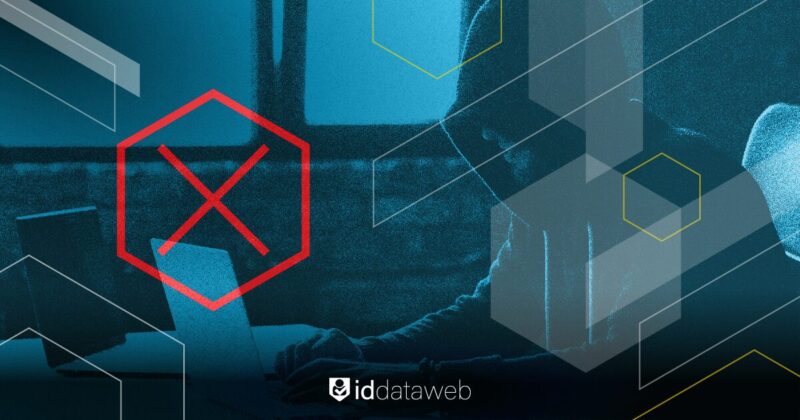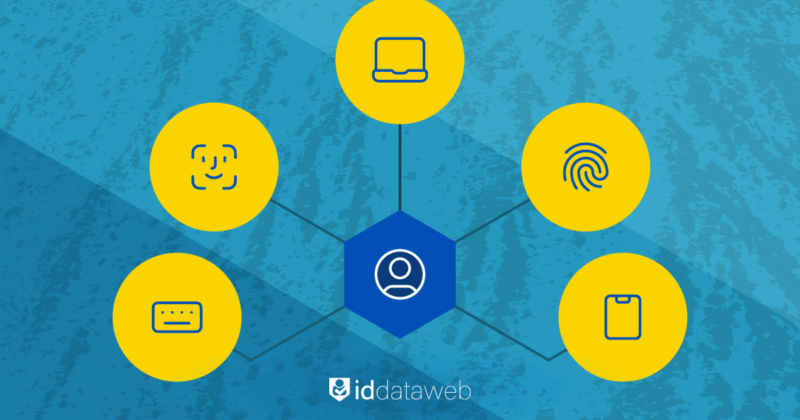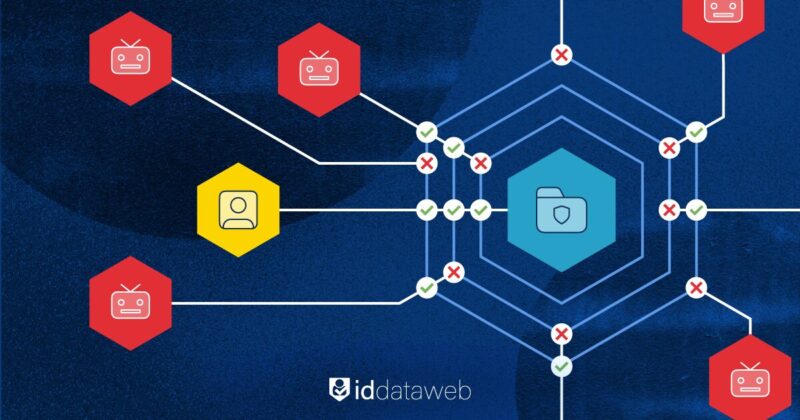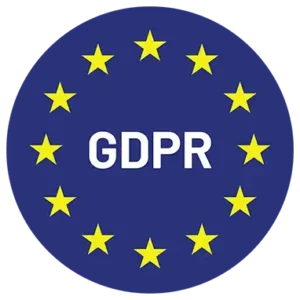In recent years, technology has woven itself into every layer of the insurance industry. Agents file claims online. Customers purchase policies through digital portals. Software integrations streamline everything from underwriting to compliance.
This growing digital ecosystem offers unparalleled efficiency, but it also presents new vulnerabilities—especially where user credentials and identity management are concerned.
Historically, many insurers strengthened their perimeters with firewalls and network filters to block external intrusions. Today’s cybercriminals prefer a more insidious approach. Rather than smashing through the front gate with brute force, they slip in quietly, often disguised as legitimate users. These identity-based attacks increasingly target insurance companies, taking advantage of the valuable personal and financial data they hold.
This article dives into the heart of these attacks, explaining how they occur, why they’re uniquely damaging to insurers, and what forward-thinking firms can do to protect themselves.
The role of identity-centric attacks
Insurance is predicated on understanding and mitigating risk. Yet many organizations have been slow to recognize the latent dangers inherent in their own digital transformations.
Over the past decade, legacy processes that once relied on paper forms and in-person meetings have been replaced by electronic workflows, email correspondence, and automated back-end systems. While these efficiencies are a welcome upgrade, they also open up numerous vectors for infiltration.
Credential-based attacks now rank among the top threats faced by insurers of all sizes. Cybersecurity studies frequently identify weak passwords and compromised user accounts as key components in the majority of data breaches. When malicious actors no longer rely on forcing their way into a network, they can circumvent security tools simply by masquerading as employees, agents, or even policyholders.
A phony yet authentic-seeming login grants attackers the same level of access as a legitimate user. An underwriter’s account could allow criminals to manipulate coverage amounts or gather personal medical histories. An IT administrator’s credentials might provide the keys to a range of systems, enabling a large-scale data heist or the creation of backdoor access points that remain unnoticed for months. While perimeter security is still necessary, identity protection is now an equally vital dimension of cybersecurity.
Methods and motivations behind identity-based attacks
Unlike brute-force or malware-based intrusions, identity-based attacks revolve around acquiring valid credentials. Criminals can crack weak passwords, but more often, they employ subtler tactics such as social engineering and phishing.
Posing as a trusted colleague, supervisor, or even a recognized brand (like a cloud software vendor), they dupe employees into surrendering usernames, passwords, or MFA tokens. Once inside, the attacker no longer needs to raise red flags by trying to bypass firewalls; they’re already behind them
Social engineering and impersonation
One of the most common social engineering techniques is the phishing email.
A message might arrive in an employee’s inbox claiming to be from the HR department, with an urgent request to verify personal information. Or it might seem to be from the IT helpdesk, demanding a quick password reset to address a looming security threat. Under pressure, and trusting the familiar display name, the unsuspecting employee follows the link and supplies sensitive information.
Business Email Compromise (BEC) is another potent scheme. Attackers replicate executive email signatures or use compromised addresses to send messages that appear authoritative.
For instance, a “CFO” might instruct a junior accountant to release funds for an urgent vendor payment. Alternatively, a “team leader” might request that an employee click a link to update their login credentials. These ploys prey on hierarchical structures, where subordinates might hesitate to question a higher-up’s request.
Credential harvesting and insider threats
Sometimes, cybercriminals don’t even bother with subterfuge. They buy stolen usernames and passwords on the dark web, where massive databases of compromised credentials are readily available. If an employee reused a password from a breached e-commerce site for their work account, attackers can simply plug it into the insurer’s systems and, more often than not, gain immediate access.
Then there are insider threats, which blur the line between external hacks and internal wrongdoing. An unhappy employee or contractor who already has legitimate access can exfiltrate confidential client data. They might also sell their login credentials to third parties, effectively handing over the digital keys to the kingdom. For large insurers that manage distributed teams of agents, brokers, and adjusters, it can be challenging to monitor every account’s activity around the clock.
The motive? Insurance data’s high value
Insurance organizations hold vast amounts of sensitive data: social security numbers, medical records, bank account details, driving histories, and more. These details fetch a high price on black-market forums, where criminals use them for everything from identity theft to orchestrating fraudulent claims.
Sometimes, the motivation is straightforward financial gain, with hackers holding data hostage until the insurer pays a ransom. In other instances, attackers may be motivated by corporate espionage, seeking proprietary underwriting models or strategic business information.
Building a defense against identity threats
The good news is that mitigating identity-based attacks doesn’t require an all-or-nothing approach. Incremental changes to policy, training, and technology can significantly reduce an insurer’s risk profile. Below are some foundational measures that many experts recommend.
Centralized identity governance
At many insurance companies, user directories sprawl across multiple systems. An underwriter might have separate logins for the claims portal, an analytics platform, a CRM tool, and more. This fragmentation makes it hard to maintain up-to-date records of each user’s permissions. Centralizing identity management consolidates these silos and grants security teams a holistic view of who has access to which systems.
Tracking user onboarding and offboarding through a single interface, administrators can quickly modify or revoke privileges when an employee changes roles or leaves the company. This approach also simplifies auditing, since identity governance platforms often generate detailed logs of login activities and permission changes.
Multi-Factor Authentication (MFA)
Perhaps the single most impactful step an organization can take is enforcing MFA across all critical systems. MFA requires users to verify their identity with something they know (a password), plus something they have (a code from a mobile device) or something they are (a biometric marker like a fingerprint). This extra layer of security dramatically reduces the success rate of stolen password attacks. Even if criminals acquire a valid username and password, they can’t log in without the secondary verification.
To address potential fatigue—where employees grumble about having to enter codes repeatedly—organizations might adopt risk-based authentication. This system only prompts for the second factor if a login attempt comes from an unrecognized device or a new location. Long-time users logging in from a normal place might bypass the additional step, maintaining both security and convenience.
Third-party risk management
An insurer might have solid internal defenses but still be vulnerable if one of its vendors suffers a breach. Third-party providers often require privileged access to certain systems, and if those credentials are compromised, hackers can pivot directly into the insurer’s environment. A robust vendor management strategy includes regular security questionnaires, on-site audits (where feasible), and contractual obligations that outline the vendor’s cybersecurity responsibilities.
Some insurers also insist on SOC 2 Type II reporting or ISO 27001 certification from critical vendors to validate their security maturity. These reports don’t guarantee that a vendor is impervious to attacks, but they do provide an extra layer of assurance that essential protocols and controls are in place.
Cultural and operational shifts for lasting security
Far-reaching changes often require collaboration beyond the IT team. Legal, HR, finance, and operations each bring a different perspective on identity-based risks. Together, they can champion a risk-aware environment where controls are balanced with business needs:
- Cross-functional committees: Creating committees or task forces that focus on cybersecurity ensures that every department’s input is considered. A compliance officer might highlight regulatory obligations, while an underwriting manager explains the practical constraints of day-to-day operations.
- Incident Drills: Just like fire drills, identity breach drills can prepare teams to react quickly if something goes wrong. These tabletop exercises simulate realistic attack scenarios, challenging employees to follow defined procedures and spot potential gaps in the incident response plan.
- Policy reviews: Outdated policies can hamper progress. Regularly reviewing—and refreshing—guidelines around password creation, remote access, or employee offboarding keeps them aligned with new threats and technologies.
When these cultural elements align, technology investments reach their full potential. Implementing advanced security tools without ongoing staff support often results in partial adoption or even resentful pushback. But if people see how identity governance protects both the company and their own professional responsibilities, they’re more likely to adopt those solutions wholeheartedly.
Conclusion
Insurers today are juggling a delicate balance. They must remain competitive by embracing digital transformation, but they can’t afford to neglect the vulnerabilities that come with rapid change. Identity-based attacks will likely keep evolving in complexity as attackers refine their social engineering tactics and discover new ways to circumvent security barriers.
Taking proactive steps—like centralizing identity management, enforcing MFA, leveraging AI-driven monitoring, managing vendor risks, and building a security-centric culture—insurers can reduce their exposure significantly.











